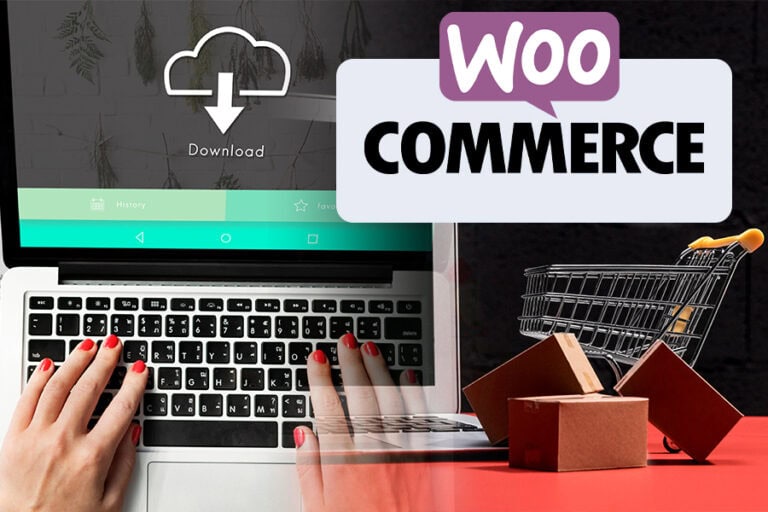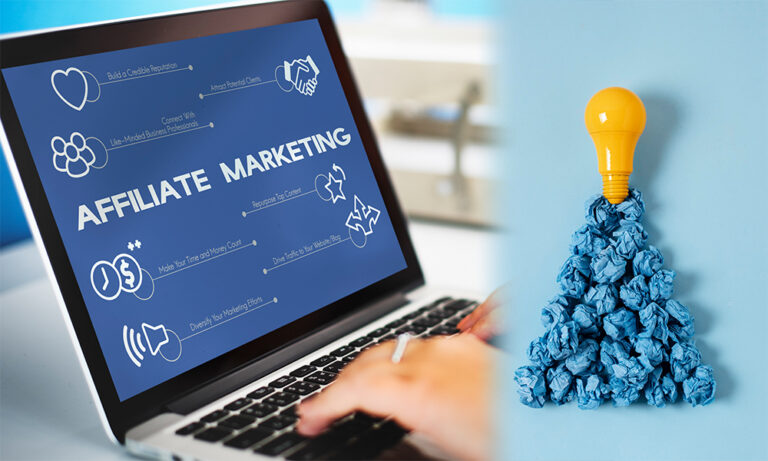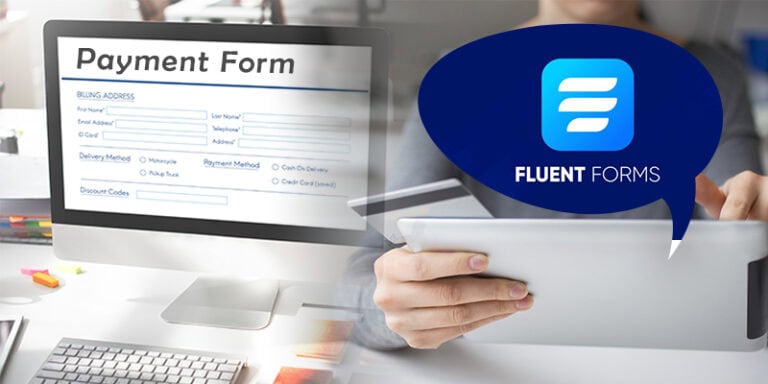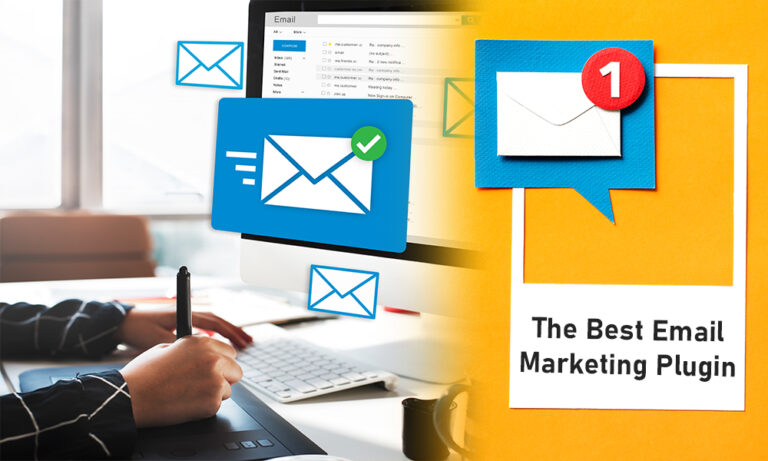In the realm of digital marketing, the concepts of a Sales Funnel and a Landing Page are often discussed but frequently misunderstood. This blog aims to clarify these two essential components, highlighting their differences in terms of content and goals, and how they can work together to enhance your marketing strategy.
Introduction to Sales Funnels and Landing Pages
Understanding the distinction between a Sales Funnel and a Landing Page is crucial for any marketing strategy. A Sales Funnel is a systematic approach designed to guide potential customers through a series of steps, ultimately leading them to make a purchase. In contrast, a Landing Page serves as a targeted webpage aimed at capturing leads by enticing visitors to provide their contact information in exchange for something of value.
The Primary Goal of a Landing Page
The primary goal of a Landing Page is straightforward: to collect contact details from visitors. This is typically achieved by offering something valuable for free, such as an eBook, checklist, or a mini course. The exchange is simple; visitors provide their email addresses in return for these resources. This strategy not only builds your email list but also establishes an initial connection with potential customers.

The Main Objective of a Sales Funnel
In contrast, the main objective of a Sales Funnel is to maximize the average order value. This involves guiding customers through various stages, from initial interest to upsells and downsells. For example, if a customer shows interest in an online course, a well-structured Sales Funnel can offer them additional products or services, like a membership program or personal coaching, at strategic points in the purchasing process.
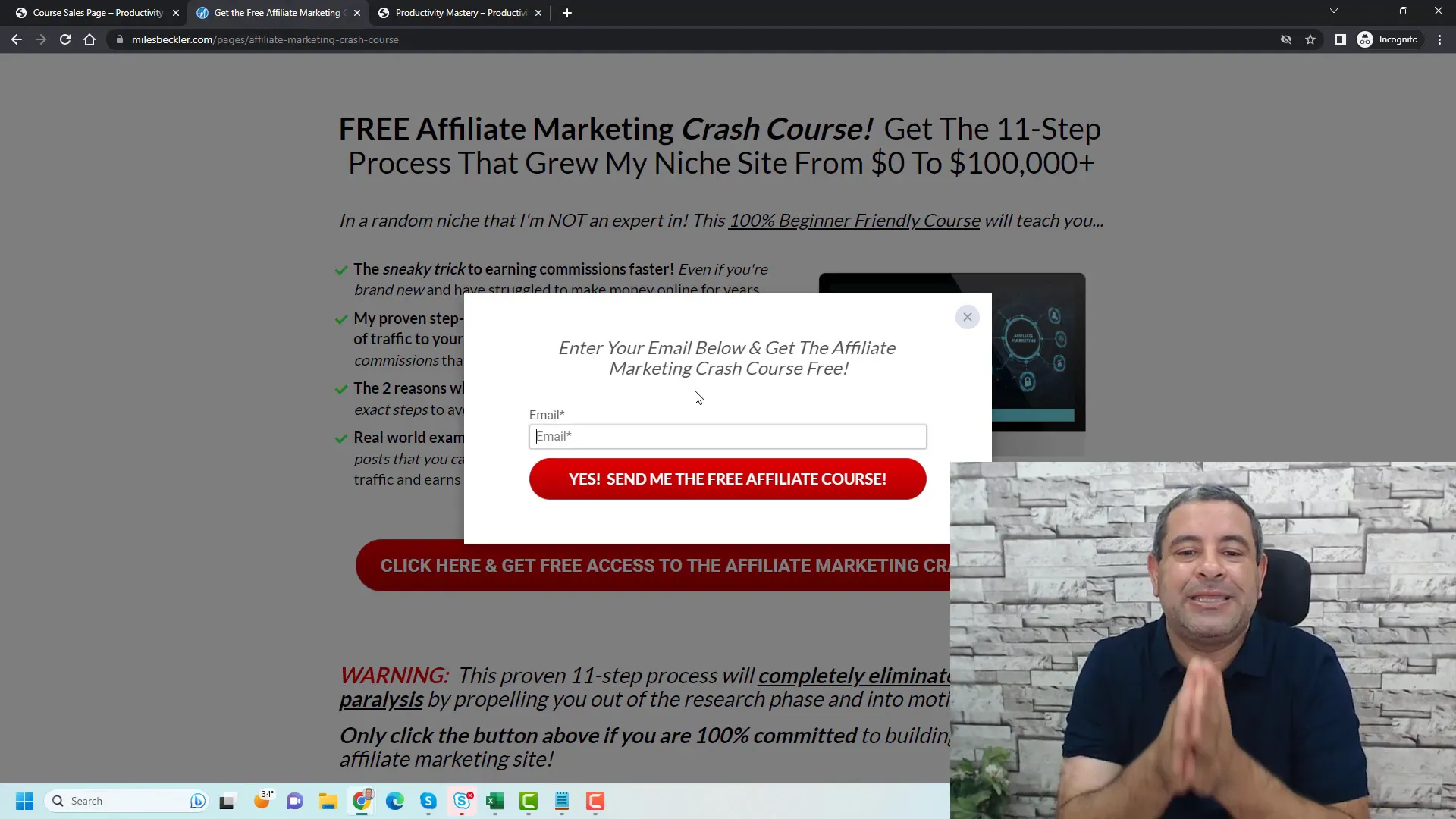
Understanding Audience Differences
Recognizing the differences in audience is essential when differentiating between a Sales Funnel and a Landing Page. The audience for a Landing Page is generally a cold audience, meaning they are individuals who have not interacted with your brand before. These are potential leads who might arrive at your page through ads or social media, seeking the value you offer.
Identifying the Cold Audience for Landing Pages
Cold audiences are typically unfamiliar with your brand and its offerings. They might discover your Landing Page through targeted advertising or organic traffic. Crafting compelling content that resonates with this audience is vital. The goal is to capture their interest and encourage them to exchange their contact information for the free resources you provide.

Recognizing the Warm Audience for Sales Funnels
In contrast, a Sales Funnel targets a warm audience. This group consists of individuals who have engaged with your content previously, whether by downloading a free resource, attending a webinar, or consuming your articles and videos. They are already familiar with the value you provide, making them more likely to respond positively to upsell and down sell offers presented throughout the Sales Funnel process.

Example of a Landing Page: Miles Butler’s Course
To illustrate the concept of a Landing Page, let’s look at an example from Miles Butler, a well-known digital marketer. His Landing Page is designed with a singular focus: to collect email addresses in exchange for a free resource.

This page features no distractions, such as navigation links or additional content. Visitors are prompted to enter their email address to gain access to a free crash course on affiliate marketing. The simplicity of this approach is what makes it effective, as it directs the audience’s attention solely to the value being offered.
Key Elements of an Effective Landing Page
- Clear Value Proposition: The Landing Page must clearly articulate what the visitor will receive in exchange for their contact information.
- Minimal Distractions: A clean design without navigation options helps keep the visitor focused on the call to action.
- Strong Call to Action: The button or link that prompts the visitor to submit their email should be prominent and compelling.
- Trust Signals: Including testimonials or trust badges can enhance credibility and encourage sign-ups.
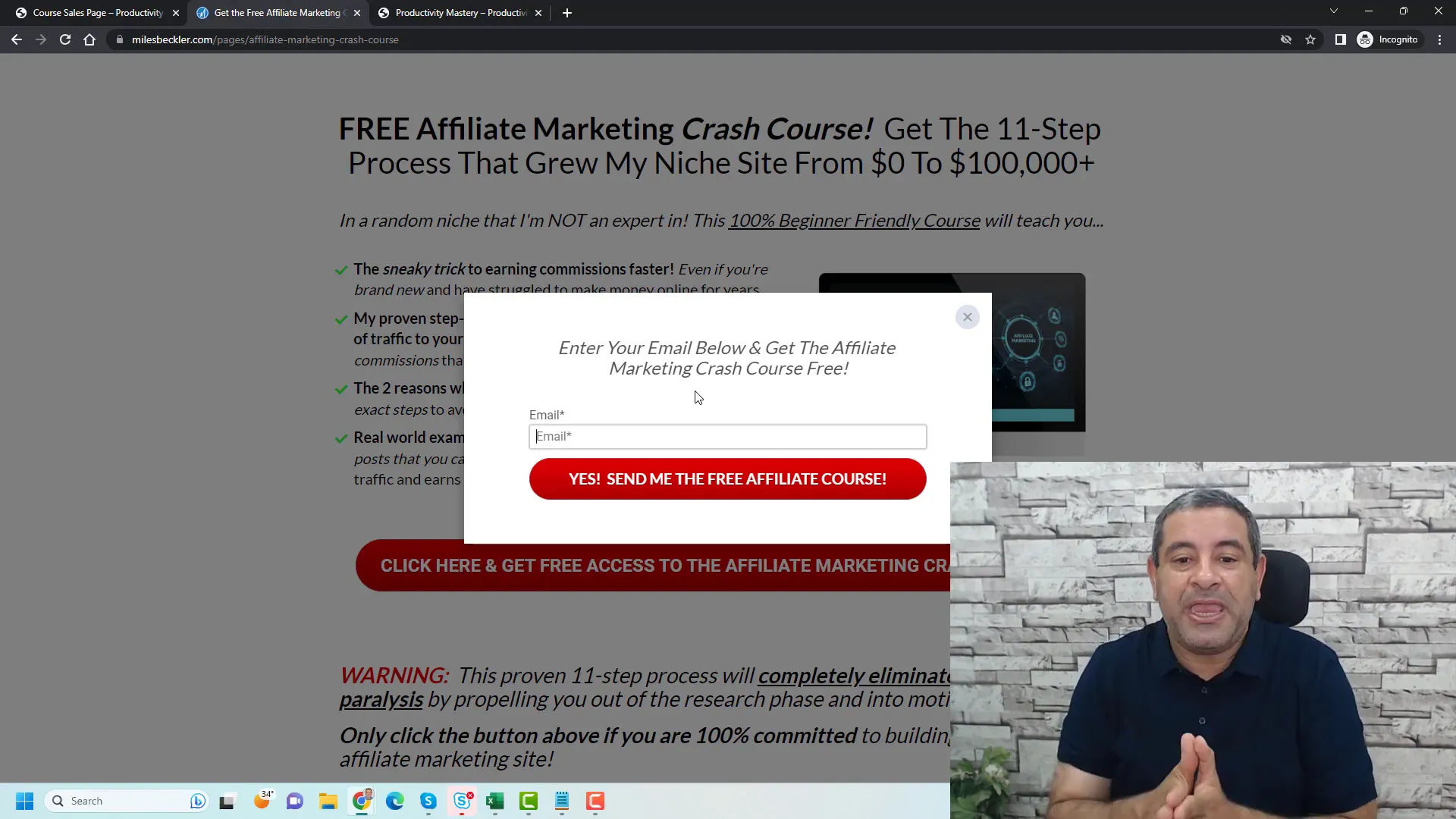
Exploring a Sales Funnel: The Purchase Process
Now, let’s delve into the mechanics of a Sales Funnel. Unlike a Landing Page, which aims to collect leads, a Sales Funnel is structured to facilitate the purchasing process and maximize revenue.
The Stages of a Sales Funnel
- Awareness: This is where potential customers first learn about your product or service. Effective marketing strategies, such as ads or content marketing, play a crucial role here.
- Interest: Once aware, prospects show interest in your offering. They may visit your website or engage with your content.
- Decision: At this stage, prospects are evaluating their options. A well-crafted Sales Funnel provides the necessary information to guide them toward a purchase.
- Action: The ultimate goal is for the prospect to complete a purchase. This is where upselling and downselling come into play.
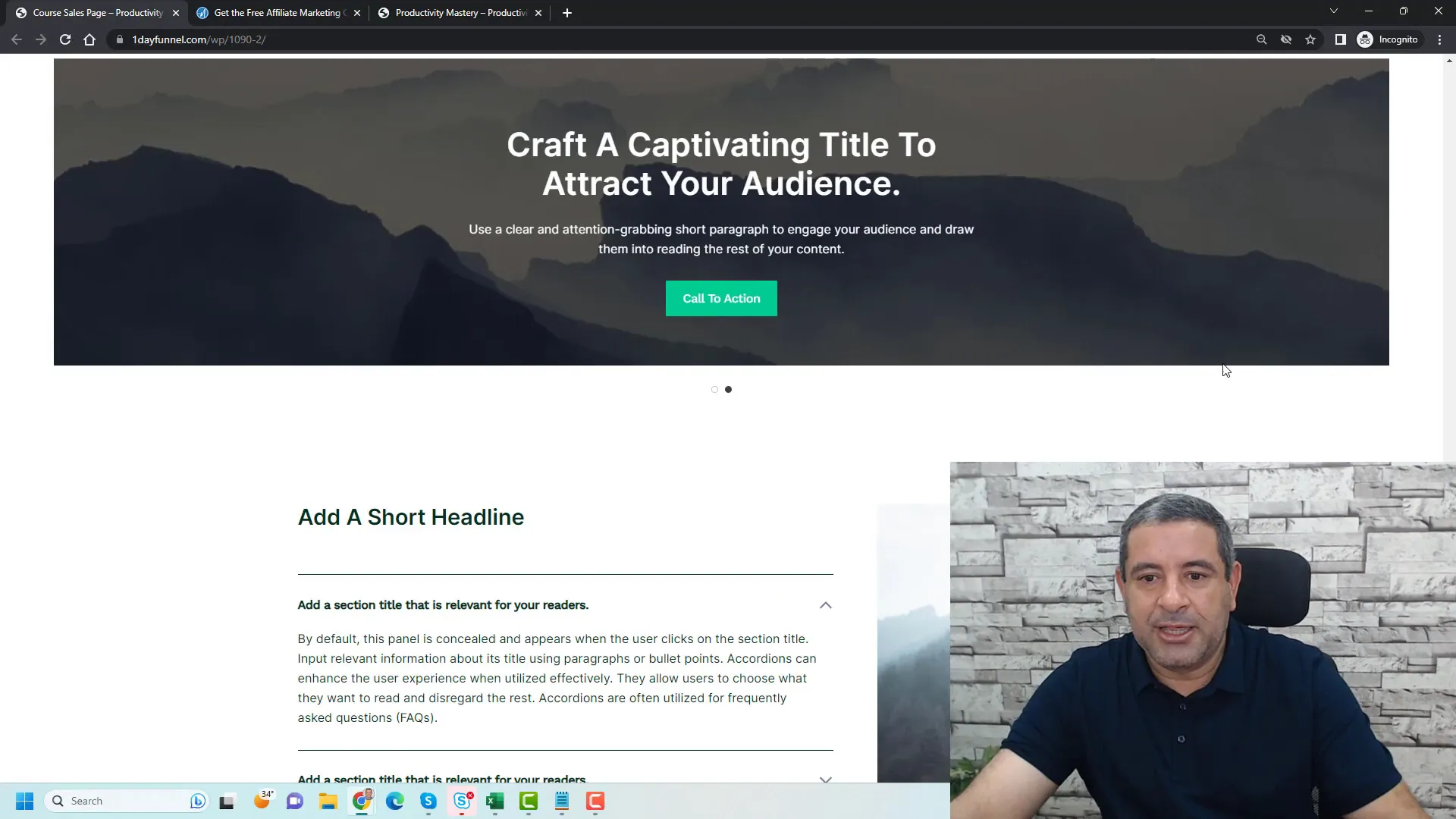
For example, consider a scenario where a visitor is interested in buying an online course. After clicking the ‘Buy Now’ button, they are taken to a checkout page. Here, they enter their payment information and are presented with additional offers, such as a discounted membership program or a one-on-one coaching session.
Maximizing Average Order Value
The primary objective of a Sales Funnel is to increase the average order value. This is achieved through strategic upselling and downselling techniques. If a customer opts out of an upsell, you can present a down-sell that offers them a lower-cost alternative.
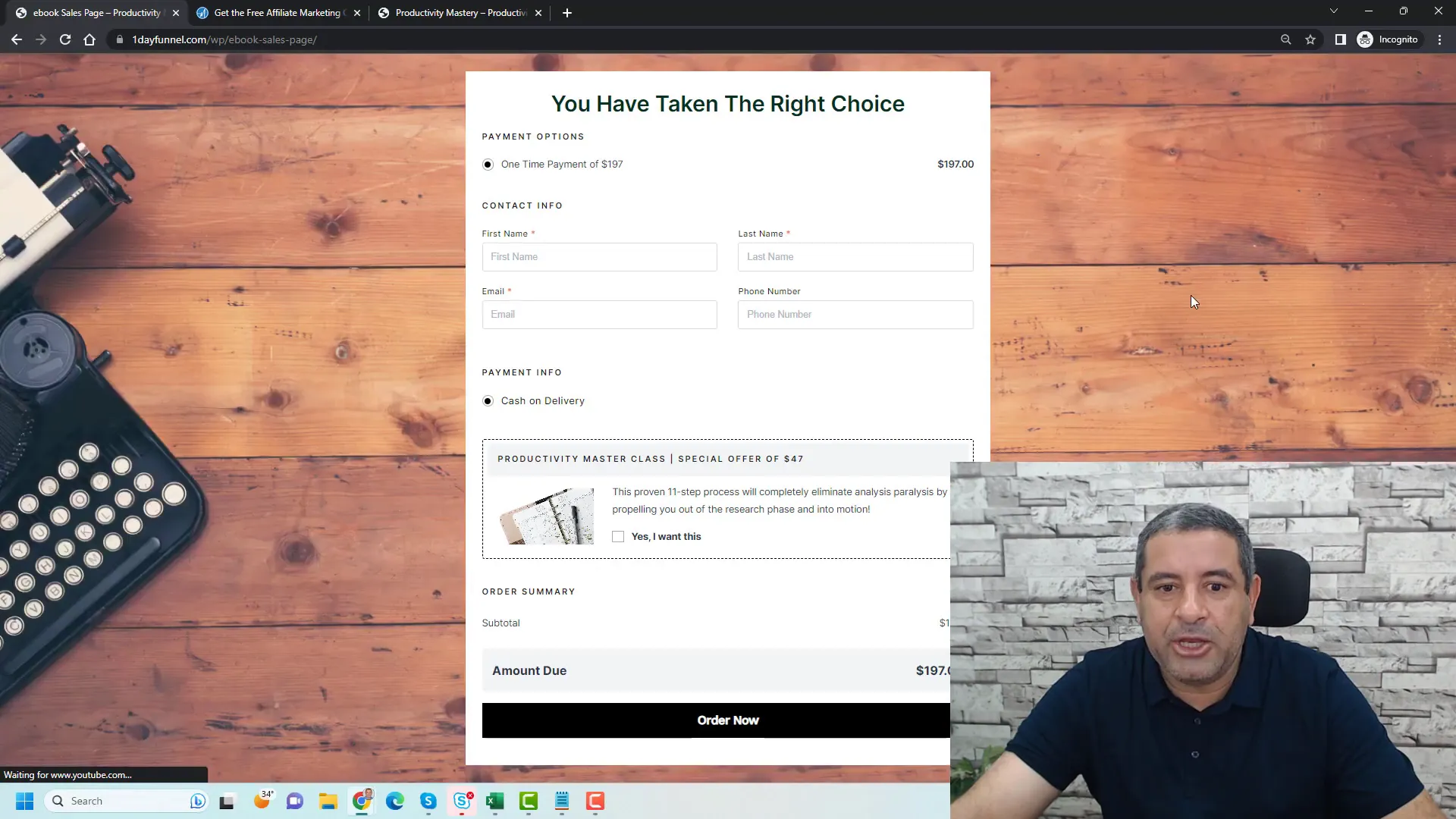
Final Thoughts on Sales Funnels and Landing Pages
Understanding the differences between a Sales Funnel and a Landing Page is essential for any marketer. While they serve distinct purposes, they are most effective when used in tandem. A well-constructed Landing Page can feed leads into a Sales Funnel, where those leads can then be nurtured into paying customers.
Integrating Sales Funnels and Landing Pages
By creating a seamless transition from a Landing Page to a Sales Funnel, you can enhance the overall effectiveness of your marketing strategy. Ensure that your Landing Page captures the interest of cold audiences, while your Sales Funnel engages warm audiences who are already familiar with your offerings.
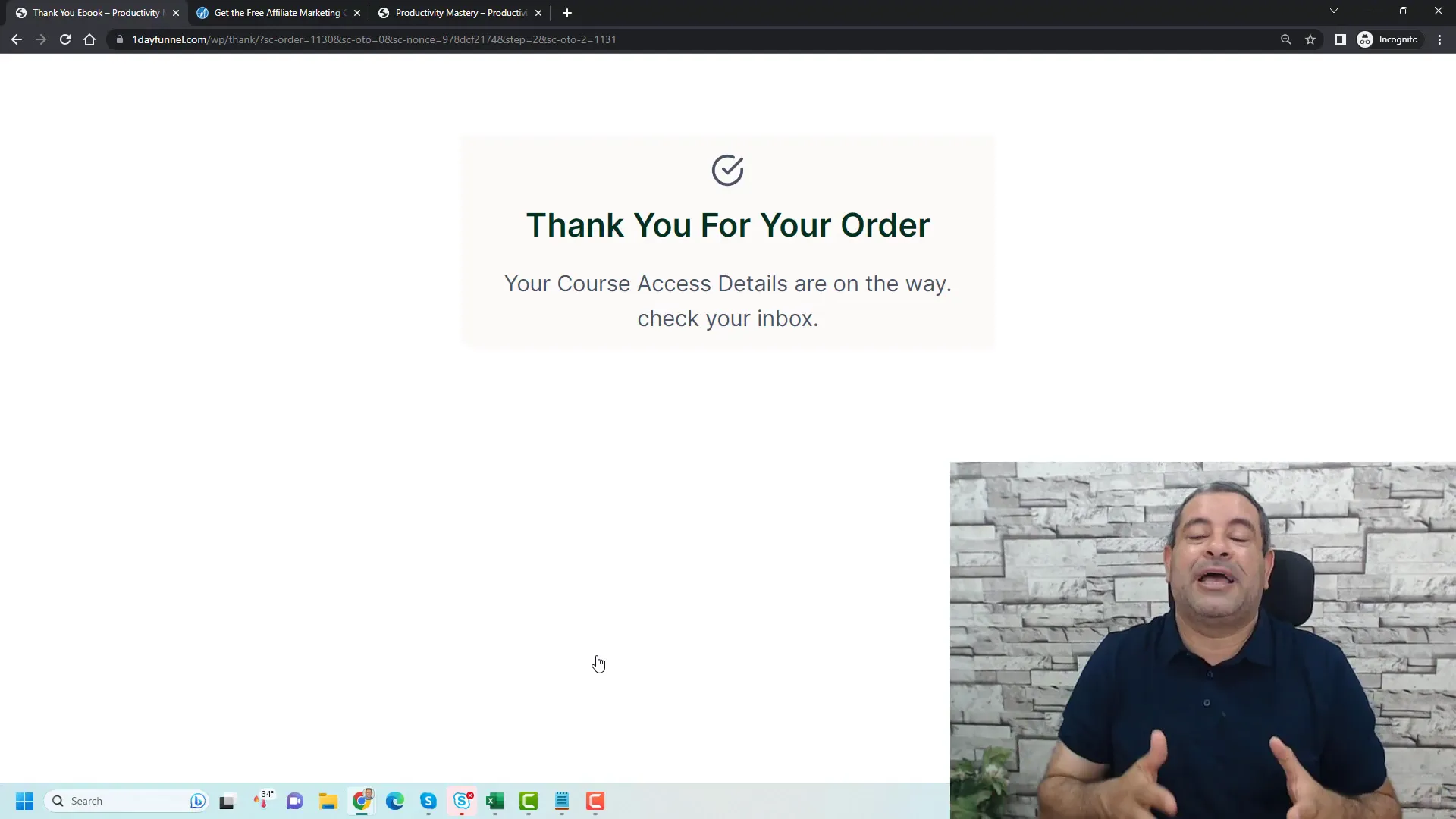
Call to Action: Engage with the Content
If you found this information valuable, consider implementing these strategies in your marketing efforts. Whether you are building a Landing Page or designing a Sales Funnel, focus on delivering value and creating a user-friendly experience.
Join the Conversation
We encourage you to share your thoughts and experiences. What strategies have you found effective in leveraging Sales Funnels and Landing Pages? Engage with us in the comments below!
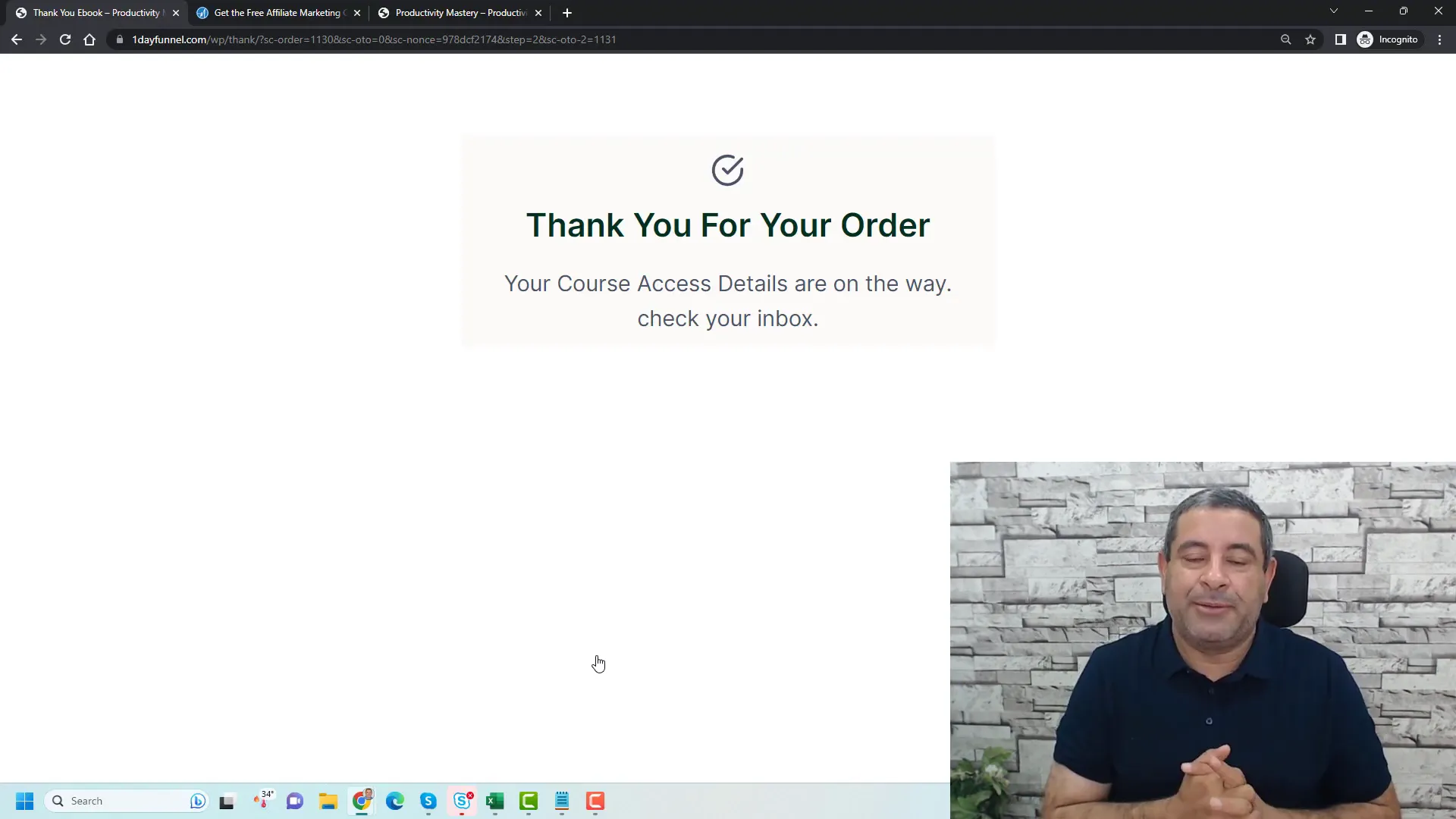
FAQs about Sales Funnels and Landing Pages


